Update: March 21, 2024
SESLOC members have now reported receiving multiple phone calls from SESLOC’s phone number, which is (805) 543-1816. The callers are stating there is fraudulent activity on the member’s account(s) and that they need information such as PINs, passwords, security codes, card numbers, Social Security Numbers, or personal identifying information to remedy the situation.
This is a Caller ID Scam where the caller deliberately falsifies the number transmitted to your caller ID display to disguise their identity. The attackers are attempting to get confidential or personal information which would later be used in financial fraud or identity theft.
SESLOC will never call, email or text you and request confidential or personal information. If you feel a phone call is suspicious, hang up immediately and do not answer again.
SESLOC members are also continuing to report receiving fake text messages.
Do not enter confidential information, such as debit or credit card numbers, or upload your photo ID to a suspicious website.
Update: March 12, 2024
SESLOC members continue to report receiving fraudulent text and email messages asking members to review their SESLOC account activity by clicking a link. These phishing and smishing attacks are now more widespread, affecting many financial institutions across California.
These messages are fake. Please do not reply and do not click the links.
The attackers are attempting to get you to visit a fake SESLOC webpage or fake SESLOC Online Banking login page so that you would enter PINs, passwords, security codes, card numbers, Social Security Numbers, or other confidential or personal identifying information. This information may then be used to commit financial fraud or identity theft. Unfortunately, these incidents are becoming more common.
Example of a Fake SESLOC Website and Online Banking Page
Below are what some of the common fake or spoofed web pages may look like, and how bad actors may collect your confidential or personal information:
1. A fake SESLOC website asks you to enter login credentials such as login name and password. While this looks convincing, note that the URL web address is not https://sesloc.org or https://onlinebanking.sesloc.org.
This image is an example of a webpage on a mobile device. We have marked the fake web address in the red circle.
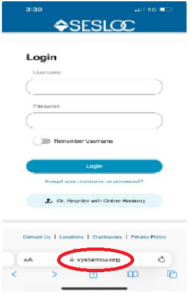
2. The scammers may set up a one-time text verification code to add an extra layer of authenticity.
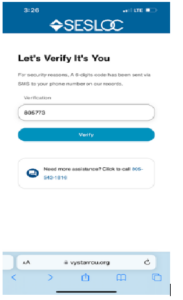
3. Next, the fake website may ask to enter your personal identifying information, such as name, date of birth, and address.
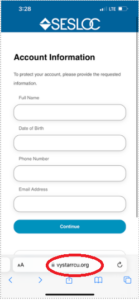
4. After confirming the details, the scammers present a screen confirming that your issue was taken care of and that they are logging you out.
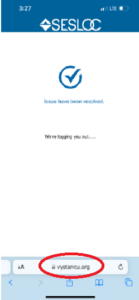
SESLOC will never call, email or text you and request confidential or personal information. If you feel a phone call is suspicious, hang up immediately and do not answer again. Do not respond to suspicious text or emails.
If you have received a suspicious message or if you have entered your information into what you believe to be a fake webpage, please report the incident to SESLOC. Notifying us helps us keep tabs on suspicious activity, whereas we may notify members like you to help prevent future attacks.
- Take a screenshot of a text message, email message or webpage and send to us via Secure Message in Online Banking or via Live Chat on sesloc.org. To access our website, ALWAYS type https://sesloc.org in your internet browser.
- Call SESLOC at (805) 543-1816 by dialing the number on your keypad. Do not click on a past incoming call from your call log history.
You may also:
- Report a suspicious phone call, email, text or pop-up ad to the Federal Trade Commission (FTC) at ReportFraud.ftc.gov
- Be prepared. See our tips for recognizing and avoiding Phishing scams.
Check out these articles for more tips:
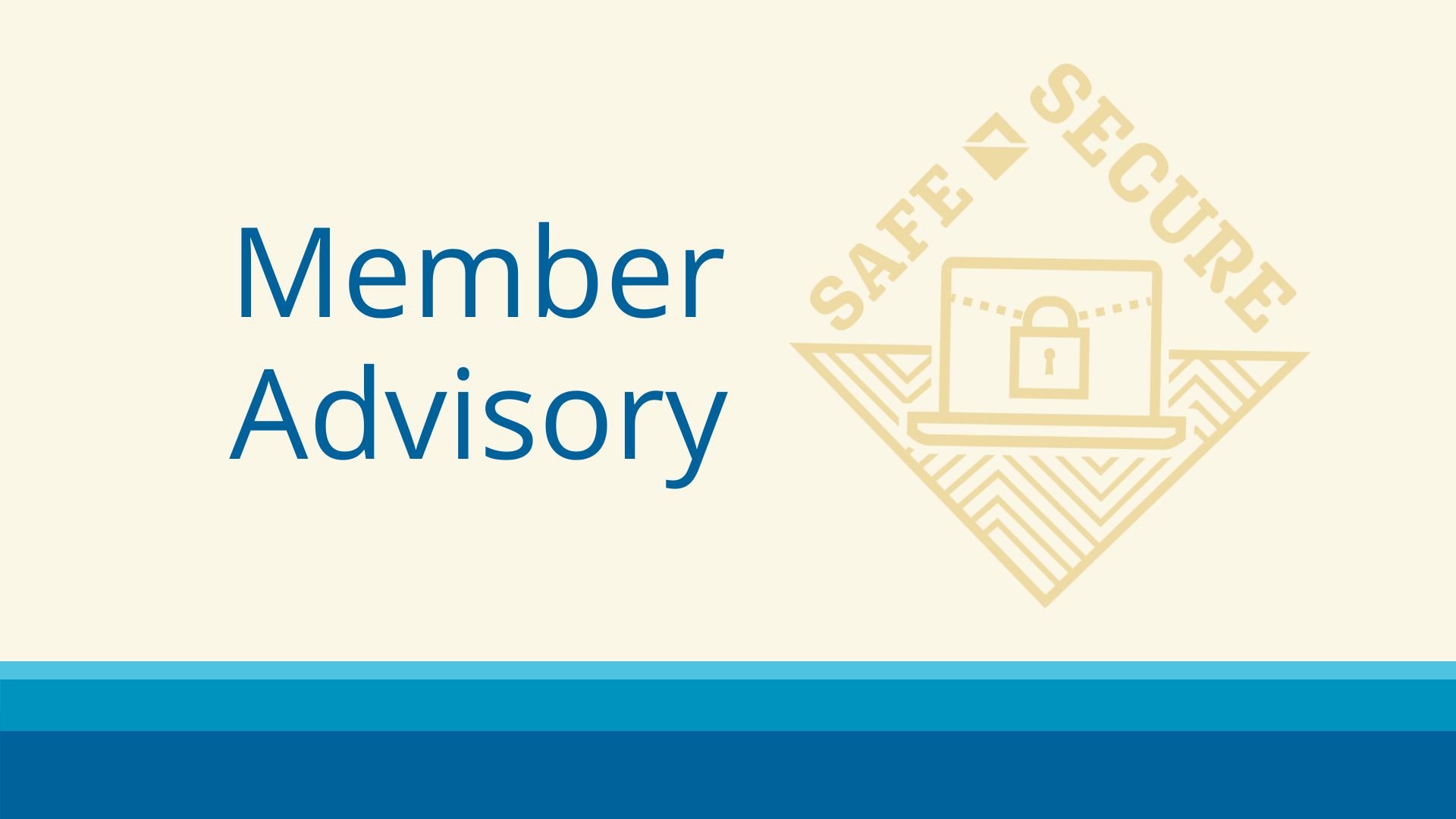


 The workers are sooo nice and friendly!!"
The workers are sooo nice and friendly!!"